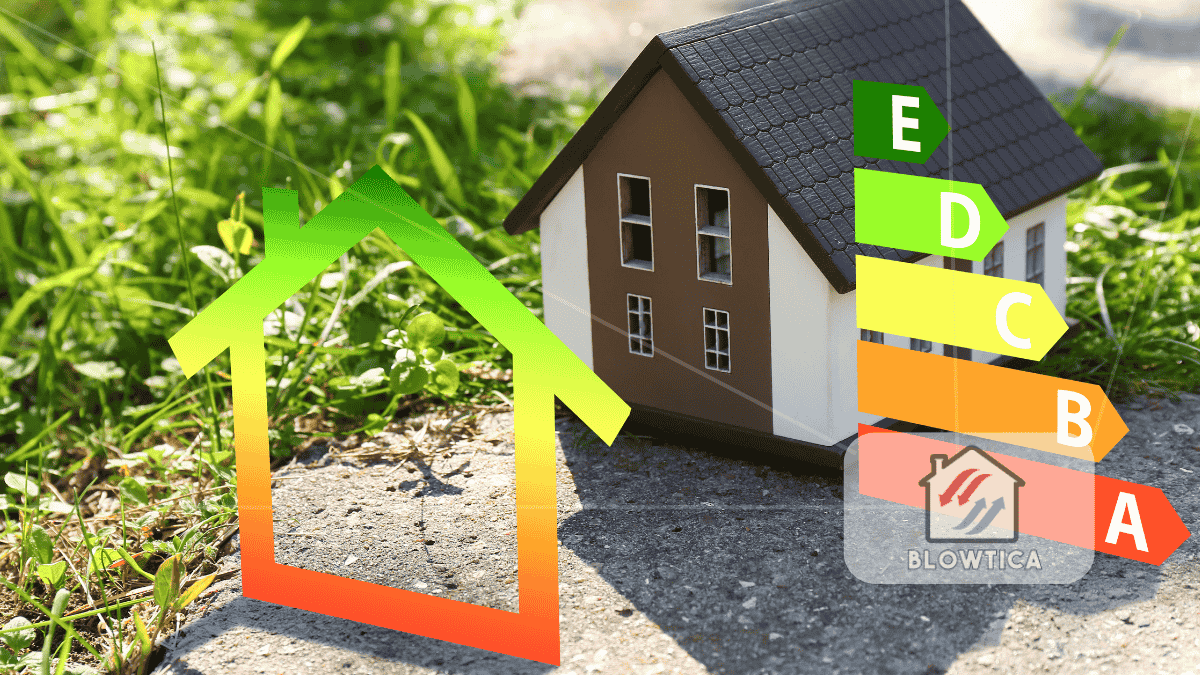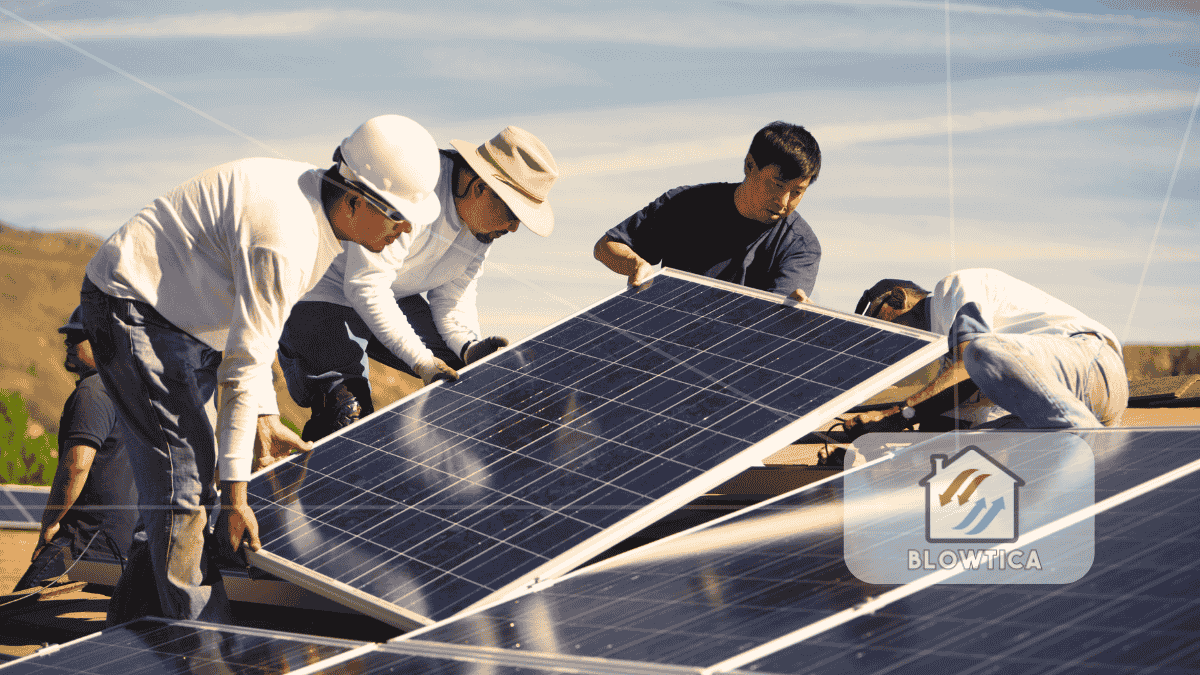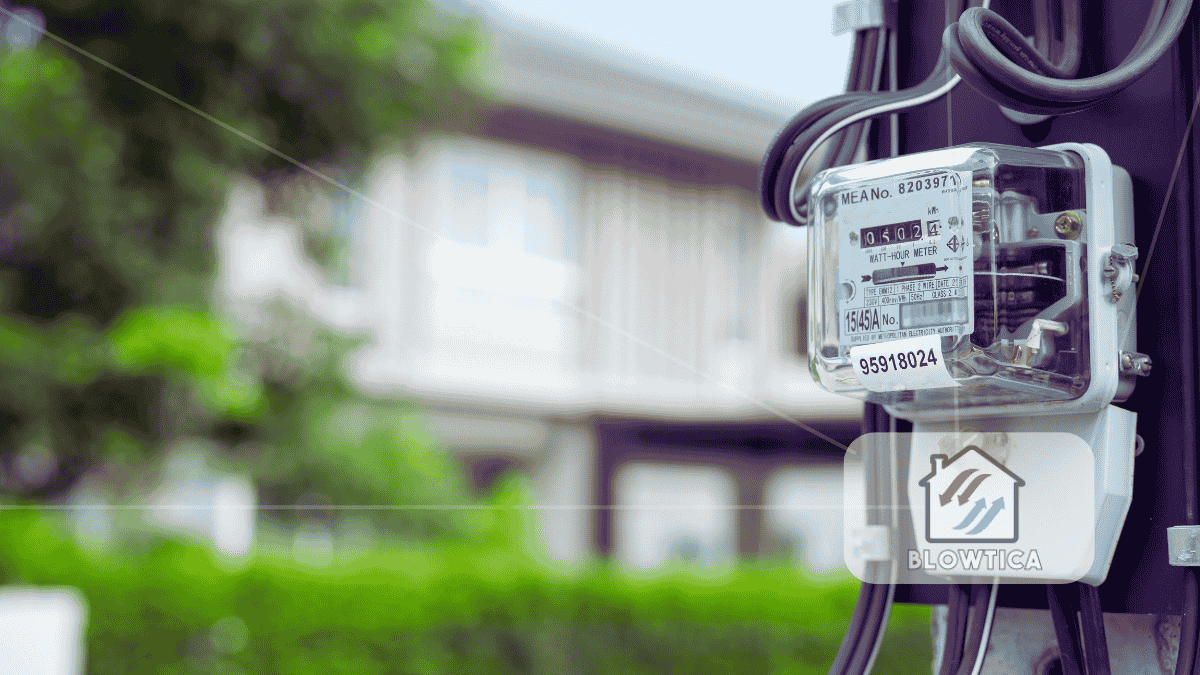
Energy costs keep climbing, and homeowners are feeling the pinch. At the same time, the demand for more precise, efficient home climate control has never been higher. One solution that stands out in addressing both concerns is zoned HVAC systems. These systems allow you to fine-tune temperatures in different areas of your home, helping to eliminate waste and customize comfort. They’re not just a modern convenience, they’re one of the top HVAC upgrades for anyone serious about energy efficiency and indoor comfort.
In this guide, we’ll take a deeper dive into how zoned HVAC systems work, their advantages, costs, and why they’re gaining traction among homeowners who want both performance and savings.
What Are Zoned HVAC Systems?
A zoned HVAC system divides a home into separate zones, each with its own thermostat and independent temperature settings. Instead of heating or cooling your entire house the same way, zoning gives you localized control over different areas think of it as climate control on demand.
Zones can be configured by floor, room, or living space, depending on your home’s layout and your family’s habits. For example, you might designate your upstairs bedrooms as one zone, the main living areas as another, and the basement as a third.
This setup helps solve one of the most common problems in traditional HVAC systems: inconsistent temperatures. With zoning, you can say goodbye to the days of shivering in one room while sweating in another.
How Do Zoned HVAC Systems Work?
Zoned systems use a network of motorized dampers inside the ductwork. These dampers open or close based on real-time input from thermostats located in each zone. All thermostats connect to a central control panel, which directs the system to heat or cool specific areas as needed.
In ductless systems such as mini-splits each zone is equipped with its own air handler and thermostat, bypassing the need for ducts altogether.
This setup ensures your HVAC system runs only where and when it’s needed. The result? A dramatic boost in efficiency and control.
The Benefits of Zoned HVAC Systems
1. Significant Energy Savings
Zoning prevents your HVAC system from conditioning the entire house unnecessarily. If no one’s using the guest bedroom or basement, there’s no need to maintain the same temperature there as the rest of the house. By directing airflow only where it’s needed, zoned HVAC systems can reduce heating and cooling costs by up to 30%.
2. Customized Comfort for Every Room
Everyone has different temperature preferences. Zoned systems eliminate thermostat wars by giving each person control over their own space. Whether you like your home office at 70°F and your bedroom cooler for sleep, zoning accommodates those differences effortlessly.
3. Less Wear, Longer Equipment Life
Because your system isn’t running full throttle to heat or cool the entire house at once, it experiences less strain. This translates to fewer breakdowns, lower maintenance costs, and a longer lifespan for your HVAC unit.
4. Enhanced Smart Home Integration
Zoned HVAC systems pair well with smart thermostats like Nest, Ecobee, or Honeywell. You can automate schedules, track energy usage, and make remote adjustments through mobile apps or voice assistants.
5. Improved Air Quality
With better control over airflow and filter usage, zoning can contribute to improved indoor air quality. This is especially important for homes with allergy sufferers or respiratory issues.
Ideal Scenarios for Zoned HVAC Systems
Zoning isn’t just for luxury homes or new builds. Many existing homes can benefit, especially those with:
- Multiple floors: Heat naturally rises, making temperature balancing a challenge in two- or three-story homes.
- Large square footage: More space often means uneven temperatures. Zoning addresses this head-on.
- Uneven sun exposure: South-facing rooms might get hot, while shaded areas stay cool. Zoned systems manage these differences efficiently.
- Rooms with inconsistent use: Spare bedrooms, basements, home gyms, and offices don’t need constant conditioning.
Whether you’re retrofitting an old house or designing a new one, zoning adapts to your needs and maximizes comfort.
Installation Process and Considerations
Installing a zoned HVAC system can vary in complexity depending on your existing setup. Here’s what you can expect:
- Home Assessment: A technician evaluates your floor plan, insulation levels, and current ductwork.
- Zone Planning: Based on your lifestyle, the home is divided into logical zones.
- System Integration: Motorized dampers are added to the ductwork, and thermostats are installed in each zone.
- Control Setup: A central control panel links the thermostats and dampers to your HVAC unit.
- Testing and Calibration: The system is tested to ensure it responds correctly to each thermostat.
Professional installation is essential. Mistakes in layout, sizing, or programming can lead to inefficiency or even damage. Always work with licensed HVAC contractors who specialize in zoning.
Common Misconceptions Debunked
Myth 1: Zoned HVAC is only for new homes. Not true. Many older homes can be retrofitted with zoning, especially when using ductless mini-splits or flexible duct systems.
Myth 2: Closing vents achieves the same result. Wrong. Closing vents can cause pressure imbalances, reduce efficiency, and even damage your HVAC system. Zoned systems use purpose-built dampers and controls.
Myth 3: It’s too expensive to justify. While initial costs can range from $2,000 to $5,000, the potential for 30% savings in energy bills, plus improved comfort and system longevity, make zoned HVAC systems a smart financial move in the long run.
Real-World Cost and ROI
The cost of zoned HVAC installation depends on factors like the number of zones, existing ductwork, and whether you’re integrating with a new or existing system. Here’s a breakdown:
- 2 to 3 zones with existing ductwork: $2,000–$4,000
- 4+ zones or complex layouts: $4,000–$6,000+
- Ductless mini-split systems: $3,000–$10,000 depending on number of indoor units
Homeowners typically recoup their investment within 3–5 years through lower utility bills and reduced maintenance costs. Rebates and tax incentives for energy-efficient systems can also help offset installation expenses.
Maintenance Best Practices
Regular maintenance ensures your system runs at peak performance:
- Replace filters every 1–3 months
- Schedule professional HVAC inspections annually
- Check for thermostat calibration and zone responsiveness
- Clear dust and debris from vents and returns
Neglecting maintenance not only reduces efficiency but can also shorten your system’s lifespan.
Zoned HVAC Systems: A Top-Tier Upgrade
When evaluating top HVAC upgrades, zoned HVAC systems consistently rank near the top. Unlike other upgrades that offer incremental improvements, zoning transforms how your system operates on a fundamental level.
It combines energy savings, enhanced comfort, and high-tech convenience into a single solution. Whether you’re dealing with hot spots, high bills, or inconsistent airflow, zoning addresses these issues more directly and effectively than nearly any other HVAC enhancement.
Final Takeaway
Zoned HVAC systems are more than just a comfort upgrade, they’re a strategic investment. With their ability to tailor temperature by area, reduce operating costs, and work harmoniously with smart home technology, zoned systems offer a compelling blend of performance and value.
If you’re planning renovations, building a new home, or simply frustrated with your current HVAC setup, this is an upgrade worth considering. For homeowners evaluating the top HVAC upgrades, zoning checks every box: personalized comfort, reduced energy bills, better system health, and improved air quality.
Energy efficiency isn’t a trend, it’s the future. Zoned HVAC systems make sure your home is part of it.







